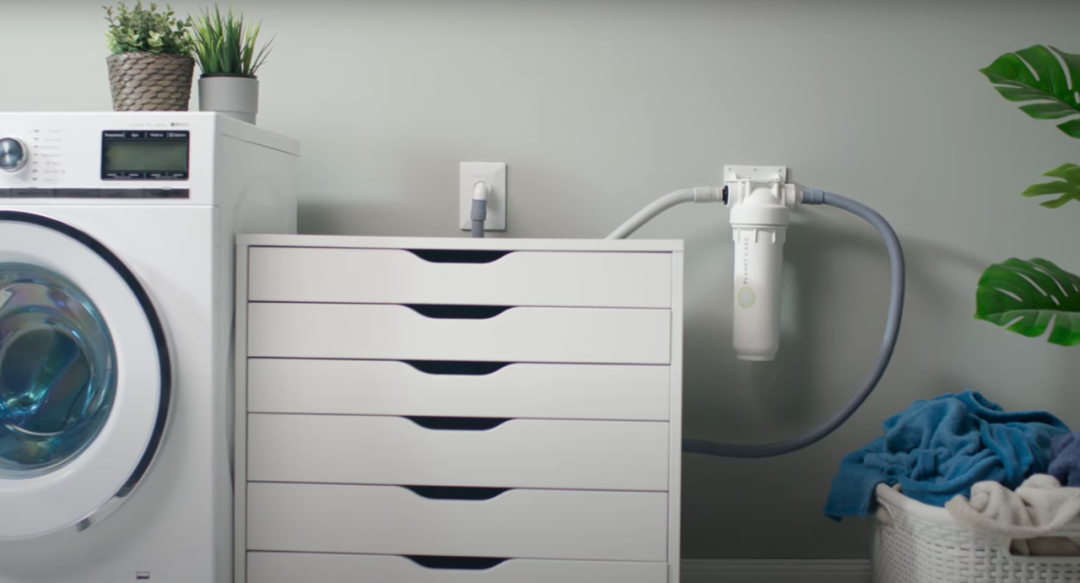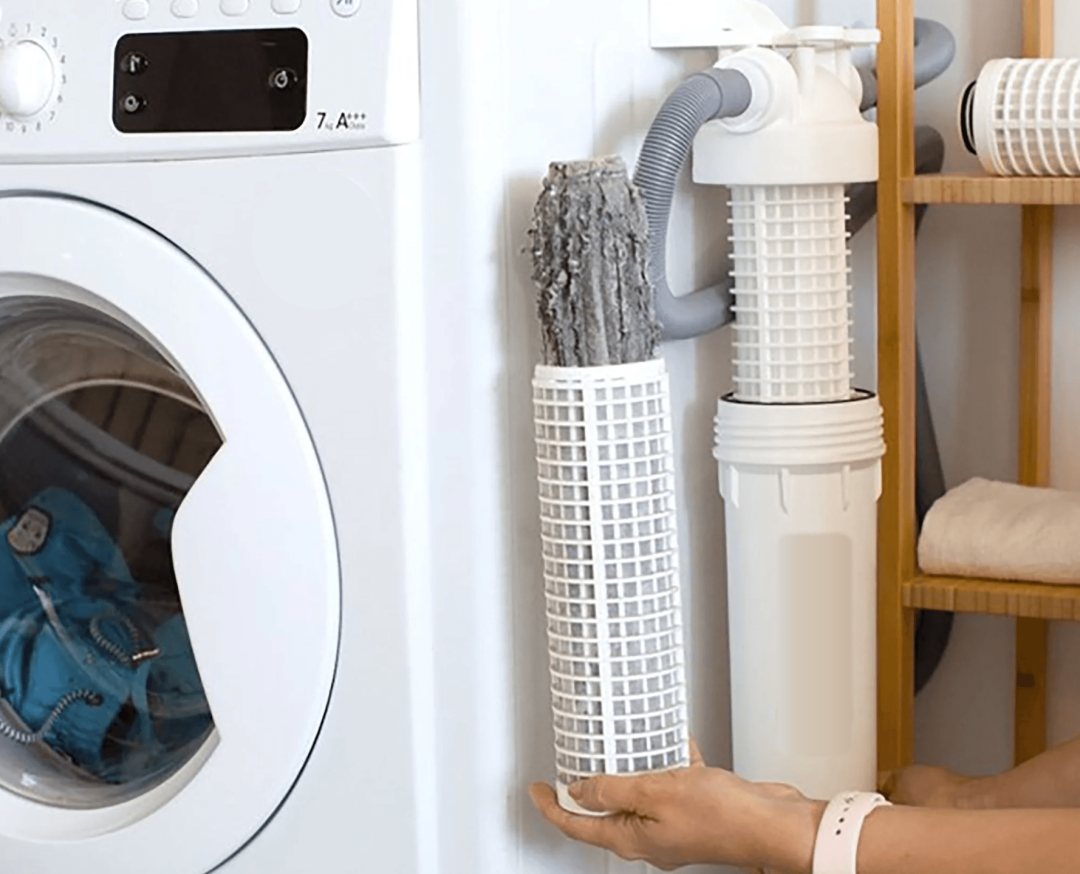United States Congress Enacts Legislation Targeting Textile Microplastics
The U.S. Congress House and Senate passed the "Fighting Fibers Act," jointly proposed by Oregon Senator Jeff Merkley and California Congressman Mike Levin on July 24/25, 2025.
The bill states that textile microfibers are "the largest known source of microplastic pollution," with a large amount of synthetic and natural fibers released from laundry entering water bodies and the environment each year.
Supported by environmental organizations such as Ocean Conservancy and 5 Gyres, the bill is described as a simple yet powerful solution that can prevent the pathway of laundry pollution. "Washing machine filters can capture about 90% of microfibers."

Office of Senator Jeff Merkley
1.1 Mandatory Installation of Microfiber Filter Mesh
The bill requires that starting from 2030, new residential and commercial washing machines sold in the United States must be equipped with microfiber filters capable of capturing fibers shed during the washing process.
Filters are suitable for synthetic and natural fibers, covering materials such as polyester and nylon.
1.2 Conduct research on microfiber exposure and health impacts.
The bill also requires the EPA and the Department of Energy to issue a research report within one year on microfibers exposure pathways and their impacts on human health and the environment, especially in environmental justice communities.
Illinois is advancing HB 1370, which sets phased standards to achieve microfiber emission capture standards within five years, providing washing machine manufacturers time to adapt.
New York State Bill S.5605C proposes that, starting in 2030, all washing machines must have built-in filters and display prominent warning labels, with an exemption period allowing the sale of older models until the end of 2029.
International Reference: France amended its law in 2020, stipulating that all new washing machines must be equipped with microfiber filters starting from 2025, making it the first country in the world to introduce such legislation.

3.1 The Integration of Filtration Technology and the PET Industry Holds Broad Prospects
Microfiber filtration technology can significantly reduce PET fibers shed during washing from entering the sewage system, improve the purity of recycled materials, and reduce impurities in the regenerated output.
According to data supported by marine environmental organizations, filters can remove approximately 78–90% of microfibers.
3.2 PET recycling enterprises can participate in policy support and standards development.
With the advancement of California's Responsible Textile Recovery Act (2024), which promotes the Extended Producer Responsibility (EPR) mechanism, PET recycling companies play an important role in the fiber recovery system.
Microfiber-related pilot demonstration project, PET recycling companies can apply to participate, connecting fiber recycling and separation processes.
3.3 Innovative Fiber Technology and PET Jointly Promote Sustainable Development
CiCLO® technology has been integrated into recycled or virgin polyester/nylon and applied by multiple brands. It possesses biodegradable properties without affecting performance during use, and it can decompose the fiber structure once it enters the natural environment.
In the field of PET recycling, innovative technologies can be considered to promote eco-friendly fiber design and reduce the risk of microplastic pollution in the future.

Legislation to promote technological upgrades: Federal and state regulations will push washing machine manufacturers to accelerate the integration of filter technologies; PET recycling companies can pay attention to this trend by introducing filter-compatible materials or providing support for recycled filter elements.
Building a complete chain of recycling standards: establishing a closed-loop process from fiber shedding of clothing to wastewater filtration, extraction and recovery from sludge, and PET material regeneration.
Strengthen scientific research and advocacy: Collaborate with the EPA, DOE, and environmental organizations to support quantitative research on pollution transfer in the microfiber and PET recycling process, providing data support for the development of industry standards.
【Copyright and Disclaimer】The above information is collected and organized by PlastMatch. The copyright belongs to the original author. This article is reprinted for the purpose of providing more information, and it does not imply that PlastMatch endorses the views expressed in the article or guarantees its accuracy. If there are any errors in the source attribution or if your legitimate rights have been infringed, please contact us, and we will promptly correct or remove the content. If other media, websites, or individuals use the aforementioned content, they must clearly indicate the original source and origin of the work and assume legal responsibility on their own.
Most Popular
-

List Released! Mexico Announces 50% Tariff On 1,371 China Product Categories
-

Nissan Cuts Production of New Leaf EV in Half Due to Battery Shortage
-

New Breakthrough in Domestic Adiponitrile! Observing the Rise of China's Nylon Industry Chain from Tianchen Qixiang's Production
-

Dow, Wanhua, Huntsman Intensively Raise Prices! Who Controls the Global MDI Prices?
-

Mexico officially imposes tariffs on 1,400 chinese products, with rates up to 50%






